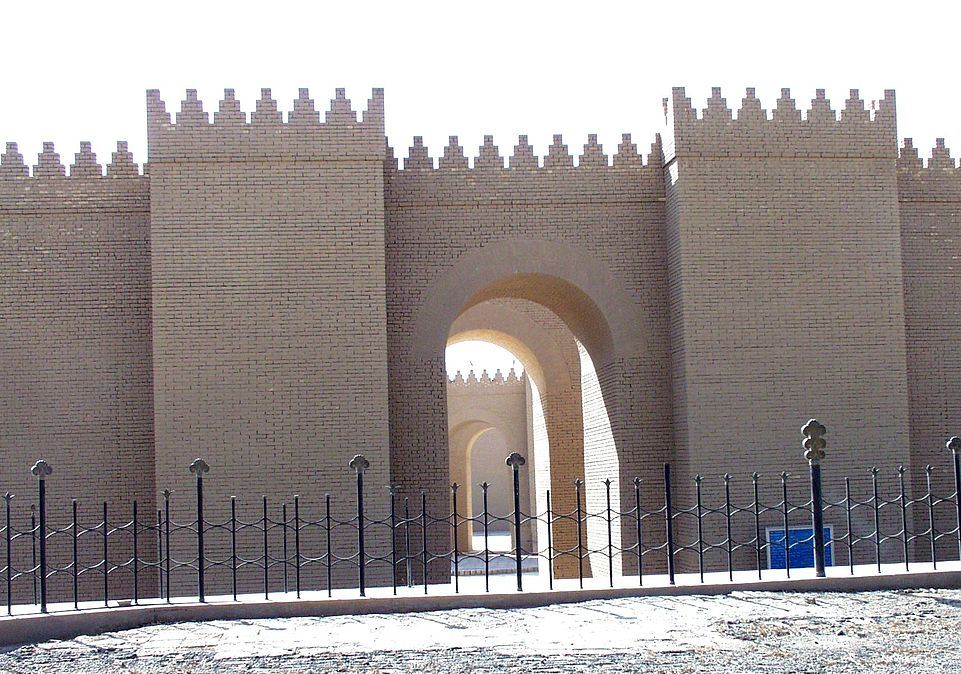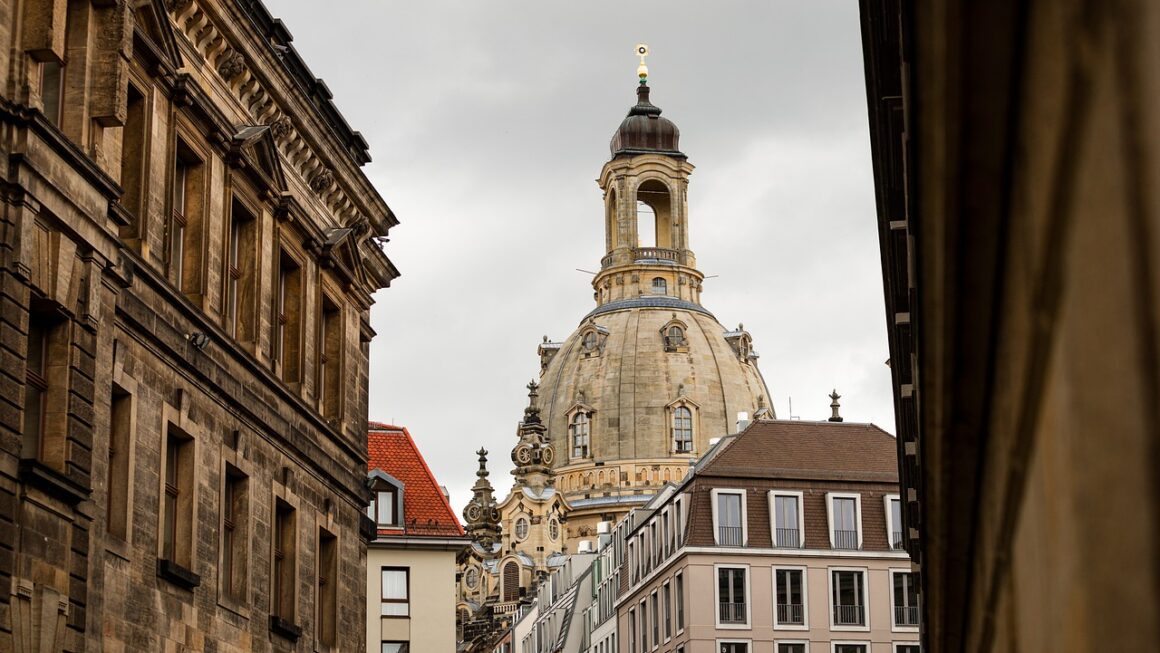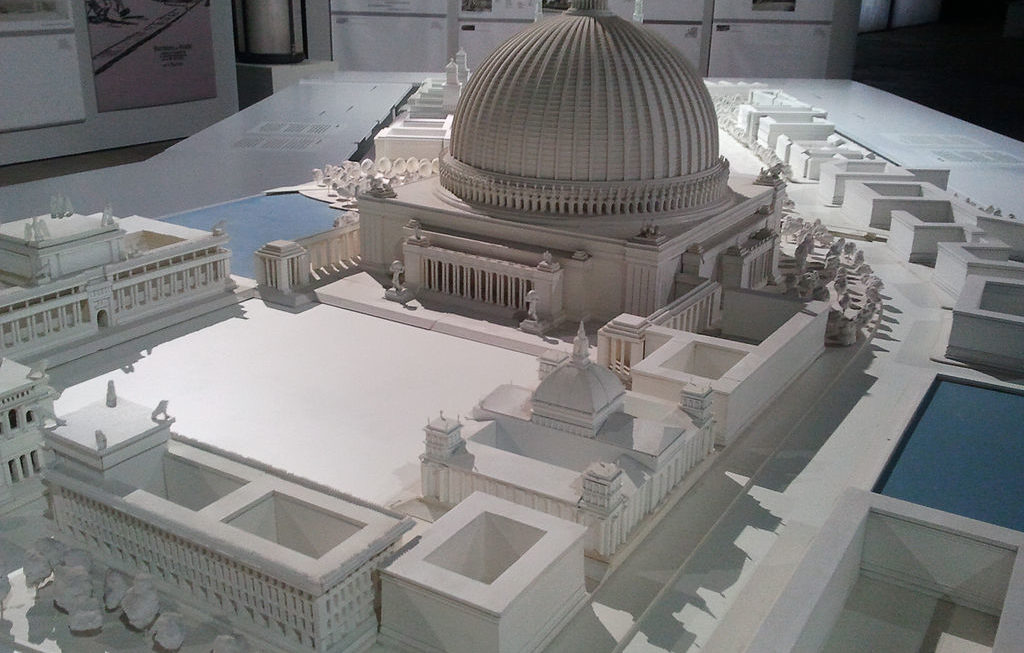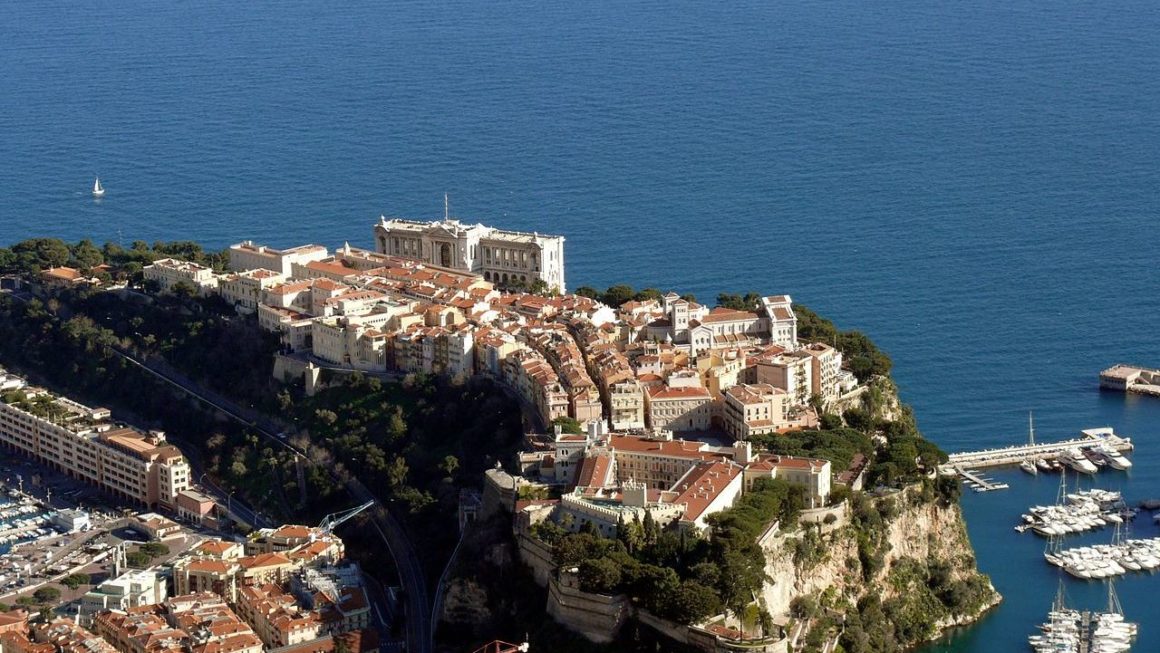Babylon was one of the wealthiest kingdoms in ancient Mesopotamia, a region in Western Asia, situated within the rivers Tigris and Euphrates. Babylon was established by the Amorite king Hammurabi who then rose it from a small independent city-state to a kingdom that covered the entire south Mesopotamia region.
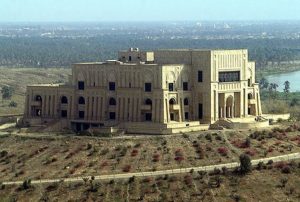
With all the riches and political supremacy bestowed on Babylon, the Babylonians were able to nurture the intellectual and spiritual development which set the stage for the growth of literature, religion, architecture, and the creation of laws and regulations.
Their sophisticated architecture set the architectural agenda widely used in later years. The dominant motifs of their architecture were giant voussoirs and vaults which basically were decorated arches made with laying the combination of brick, stone, and terracotta, and large quantities of cedarwood.
The range of employed geometrical shapes was huge, with terracotta cones mostly dominating all walls of important buildings.
They were also famous for constructing unique towers known as ziggurats which were of pyramidal shape with each level being smaller than the one below it, leaving a terrace all around it. The levels were connected by formal ramps, which was the technique developed by ancient Sumerians.
The Tower of Babel
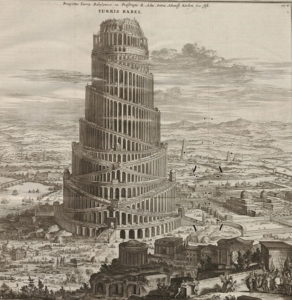
The Tower of Babel is a legendary temple in Babylon dedicated to the most important god of the Babylonians, Marduk. This ziggurat tower was a giant pyramid-shaped construction with multiple levels reaching 91 meters in height upon completion. According to the tablet found, the king said the tower was constructed by brick enameled in blue.
The foundations of the tower were first set around 1100 BC and finished by the king Nebuchadnezzar many years after. The tower is also mentioned in Biblical terms, where the story follows the construction of a magnificent tower made by Babylonians. God wanted to disrupt the work due to their insolence by confusing the language of workers, breaking their communication and dispersing them across the world. This was the Bible’s attempt to explain the existence of diverse human languages.
The Hanging Gardens of Babylon
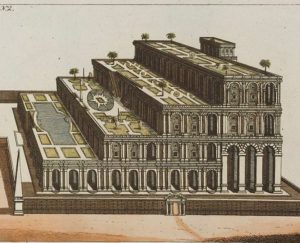
Another stunning architectural feat achieved by the Babylonians was so great that it found its place among the Seven Wonders of the Ancient World — the Hanging Gardens of Babylon. King Nebuchadnezzar had this fantastic structure built for his wife because she had missed the lush areas of her homeland.
The gardens were not suspended on ropes or anything, despite their names, but were constructed on many levels with a myriad of lush green plants and trees hanging over each other. The oasis was irrigated by the marvelous design of the engineers who found a way to bring water from the nearby Euphrates and maintain the gardens despite the arid surroundings.

